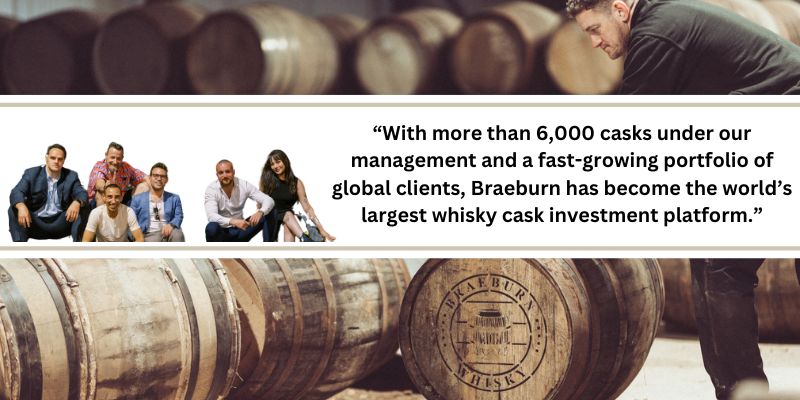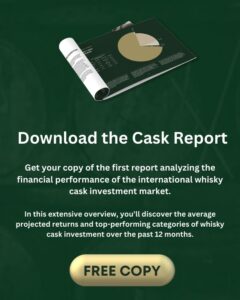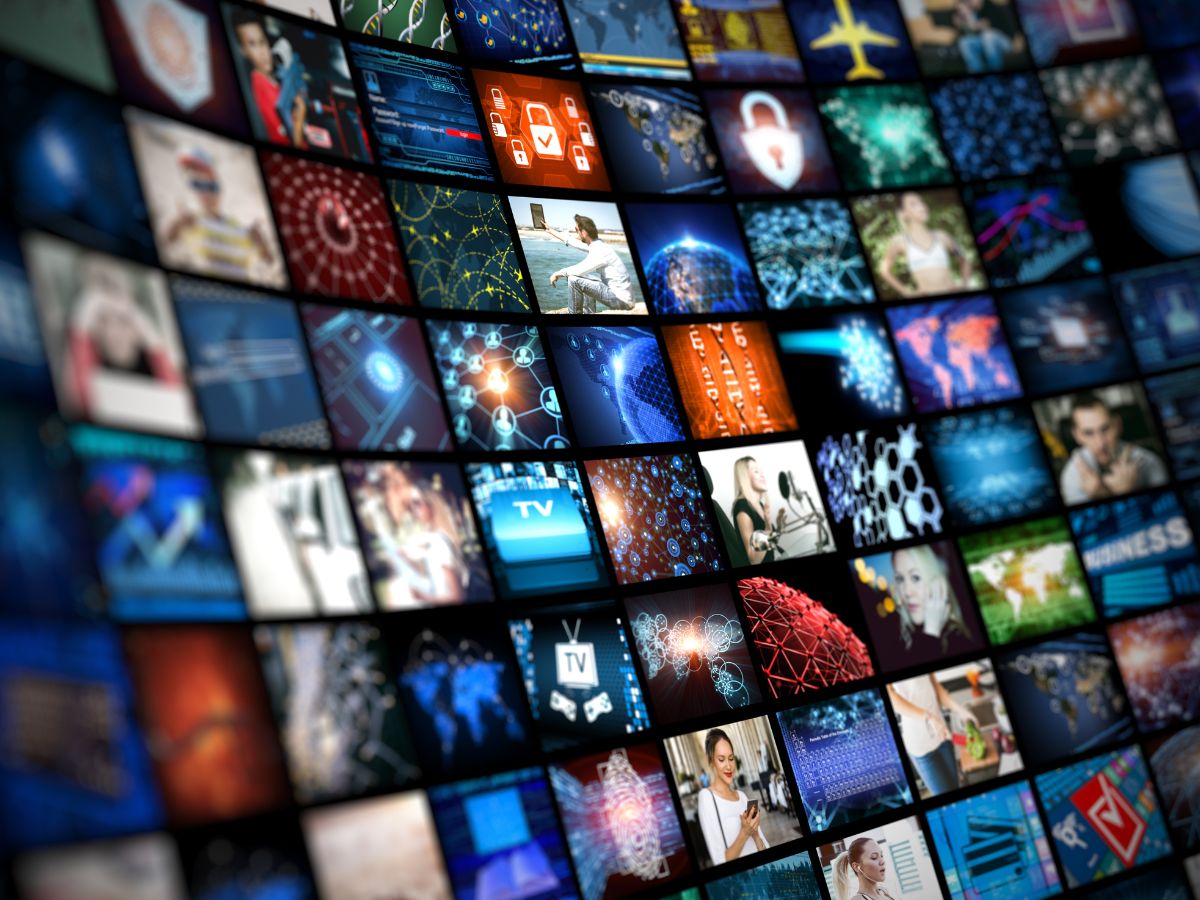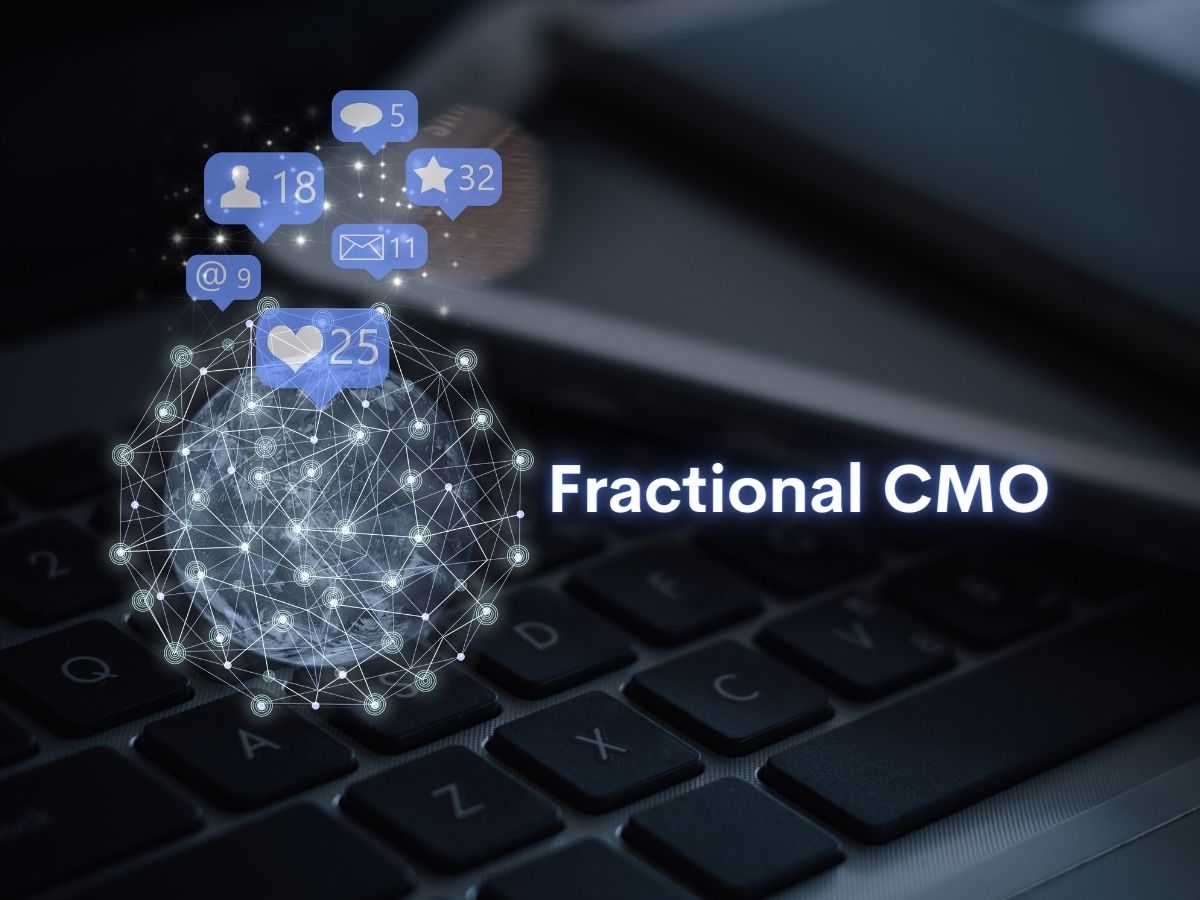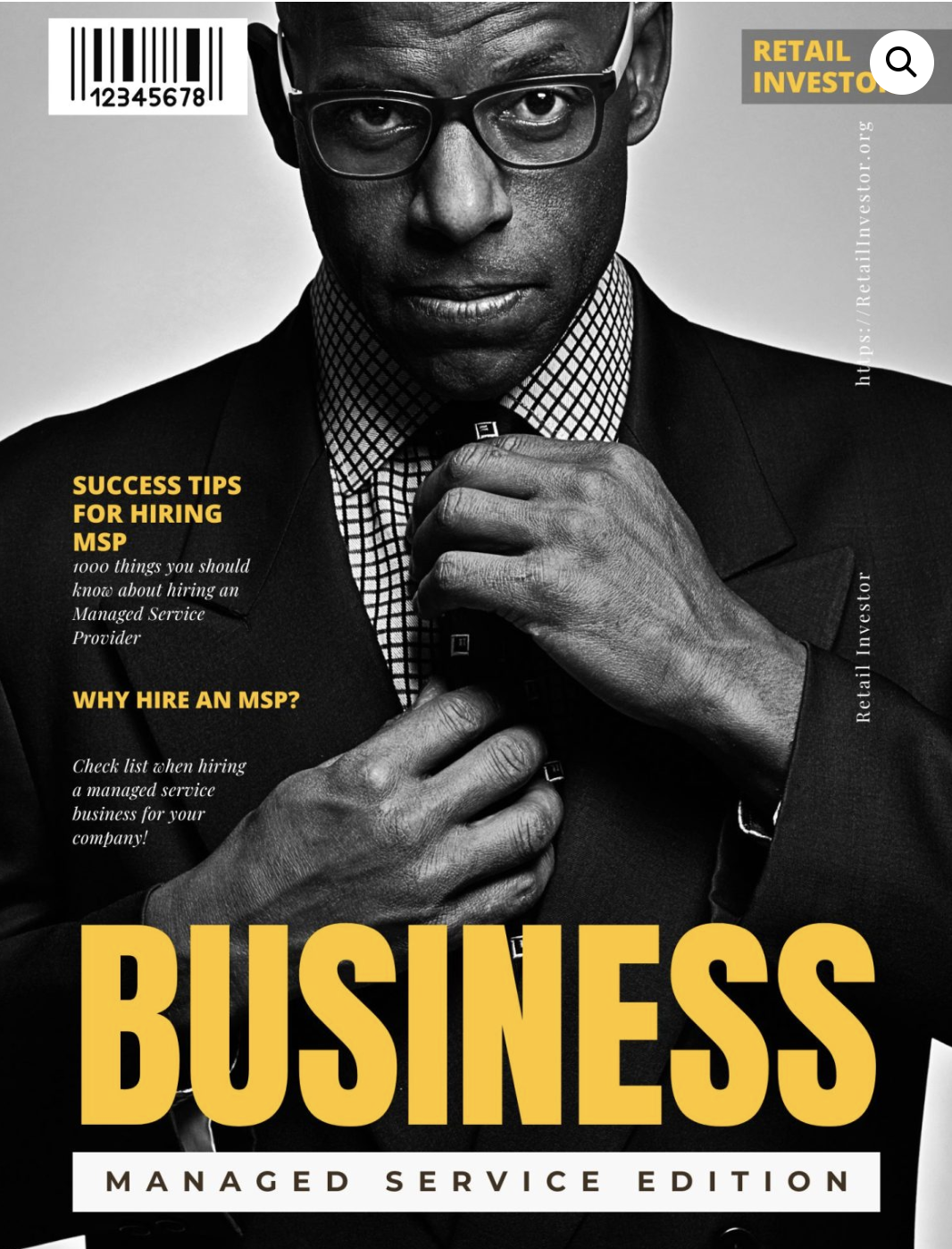In the era following the COVID-19 pandemic, the professional world is witnessing a notable shift in dress codes, particularly evident in conference settings. While remote work allowed for a more relaxed approach to attire, the return to in-person events calls for a reevaluation of what constitutes appropriate and professional clothing. This shift, however, doesn’t necessarily mean a return to the stiff, formal wear of pre-pandemic times. This article aims to guide professionals in selecting conference attire that balances the need for professionalism with the comfort we’ve grown to appreciate.
What is Appropriate to Wear to a Conference
The transition from home offices to conference rooms brings with it the challenge of leaving behind the ultra-casual wear synonymous with remote work. The convenience and comfort of loungewear, while suitable for home, might not convey the right message in a professional setting. As we step back into the world of conferences and face-to-face meetings, there’s an opportunity to redefine professional attire in a way that respects both the traditional norms of business apparel and the contemporary desire for comfort and personal expression.
As professionals across various industries prepare for more in-person interactions, there is a palpable sense of redefining what professional attire looks like in this new era. The goal is to strike a balance—clothes that are not only visually appealing and suitable for professional settings but also provide the ease and comfort that have become so valuable in recent times. This guide will delve into how to make smart, comfortable, and professional choices for your conference wardrobe, ensuring you’re ready to make a positive and lasting impression in any professional gathering.
Moving Beyond Casual Work-from-Home Attire
The pandemic era’s work-from-home model significantly altered perceptions of professional attire, with many adopting a more relaxed approach to dressing. As we pivot back to in-person events such as conferences, the need to transition away from casual home wear becomes evident. The challenge lies in finding a middle ground—professional attire that moves away from the informality of loungewear without reverting to the overly formal and often uncomfortable pre-pandemic styles.
The psychological impact of dressing for the occasion is profound. Clothing choices can influence your mindset, affecting confidence and performance. In a conference setting, where networking and professional impressions are key, attire plays a crucial role. A suit or a well-chosen business casual outfit can project authority and professionalism, helping to create a positive first impression. This doesn’t imply a return to rigid, uncomfortable clothing, but a move towards smart, well-fitted attire that reflects a professional demeanor.
Transitioning to conference-appropriate attire requires a mindset shift. It involves recognizing that what you wear impacts not only how others perceive you but also how you perceive yourself. Dressing professionally for a conference can boost self-esteem and influence your interactions, making you more approachable and engaging. The key is to build a wardrobe that feels authentic to your style while adhering to professional standards. This balance will ensure you feel confident and comfortable as you navigate the conference circuit.
Comfort Meets Professionalism
The ideal conference attire combines comfort with professionalism. The secret lies in selecting the right fabrics and styles that offer flexibility and a polished look. Materials like cotton blends, light wool, and soft synthetics provide breathability and movement, key for long hours spent at conferences. For example, chinos and dress pants with elastane offer a smart look without restricting movement, while for women, shift dresses or skirts in flexible fabrics can be both stylish and comfortable.
The fit of your clothing is just as important as the fabric. Tailored clothing that skims the body offers a professional look while allowing freedom of movement. For men, this might mean opting for shirts with a bit of stretch or suit jackets designed for mobility. Women can explore tailored blazers that are cinched at the waist for a flattering yet comfortable fit. The idea is to move away from anything that feels restrictive, allowing you to focus on the event rather than adjusting your clothing.
In addition to fit and fabric, layering can be a strategic approach to conference attire. Layering allows for adaptability in varying conference environments, from chilly conference rooms to warmer networking settings. Men can layer a smart v-neck sweater over a dress shirt, while women might pair a lightweight cardigan with a blouse. These layers not only add to the outfit’s aesthetic but also provide practical comfort throughout the day.
The Role of Color in Conference Attire
Color plays a significant role in professional attire, especially in a conference setting where making a good impression is crucial. Colors not only affect how others perceive you but also can influence your own mood and confidence. For instance, blues are often associated with trust and competence, making them a solid choice for business settings. Greens can convey a sense of calm and balance, suitable for environments where you want to appear approachable and thoughtful.
However, it’s essential to consider the context of the conference when choosing colors. Creative industries might appreciate more vibrant colors, which can reflect creativity and originality. In more conservative fields, traditional colors like navy, gray, and black are usually preferred as they convey a sense of seriousness and professionalism. Women might consider adding a pop of color with a scarf or a statement piece of jewelry, while men can do so with ties or pocket squares, allowing a bit of personality to shine through.
When selecting colors, also consider the season and location of the conference. Lighter, softer colors may be more appropriate for spring and summer events, while darker, richer tones suit autumn and winter gatherings. Additionally, the lighting of the conference venue can affect how colors look; bright indoor lighting can enhance certain colors and wash out others. Ultimately, the goal is to choose colors that enhance your natural features, boost your confidence, and fit the conference’s overall tone.
Accessorizing and Final Touches
Accessories are the elements that can complete and elevate your conference attire. The right accessories should complement your outfit without overshadowing it. For men, a classic watch or a pair of sophisticated cufflinks can add a touch of elegance. Women might consider a statement necklace or a tasteful handbag to add a unique touch to their ensemble. The key is to choose accessories that are subtle and professional, enhancing your outfit rather than dominating it.
Footwear is an integral part of your conference attire, requiring a careful balance between style and comfort. For men, well-polished, comfortable dress shoes can complement a suit perfectly. Women might consider stylish yet comfortable options like block heels or sleek flats. Always choose shoes that you can comfortably walk and stand in for extended periods. Additionally, consider the event’s venue when selecting shoes; outdoor conferences might require more durable footwear compared to indoor events.
Lastly, personal grooming and attention to detail can significantly impact your overall appearance. Ensure your clothes are neatly pressed and fit well. Pay attention to personal grooming, including hair styling and subtle makeup for women, as these elements contribute to a polished and professional appearance. Remember, your goal is to present yourself in the best possible light, showing attention to detail and a sense of pride in your professional image.
As we navigate the post-pandemic professional landscape, redefining conference attire is an opportunity to blend the comfort we’ve become accustomed to with the professionalism required in face-to-face interactions. The right outfit can not only enhance your confidence but also positively influence how you are perceived in a professional setting. Dressing for success in today’s world means choosing comfortable attire, suits your personal style, and meets the expectations of the professional environment. As you prepare for upcoming conferences, consider these guidelines to create a wardrobe that is both stylish and functional, ensuring you are ready to make a positive impact in any professional gathering. The new era of conference attire is here, offering a perfect blend of style, comfort, and professionalism. And if you need a refresher of how to do proper business introductions, check out this previous blog.
Transform Your Professional Image and Achieve Remarkable Returns with Sheila Anderson’s Expertise
In the dynamic world of professional branding, the concept of “Return on Image®” is pivotal. Your appearance and personal style are not just about aesthetics; they’re strategic tools that can significantly impact your professional success and influence. Recognizing this, Sheila Anderson specializes in empowering entrepreneurs like you to create a signature style that amplifies your personal brand and delivers a tangible Return on Image®.
Whether you’re looking to make a bold statement in your industry or seeking a subtle yet impactful visual transformation, Sheila is the expert you need. By aligning your external appearance with your professional objectives, she ensures that your visual identity not only reflects your personal brand but also enhances your market presence and credibility.
Don’t let your image be an afterthought. Reach out to Sheila at sheila@imagepowerplay.com and explore how a refined and tailored personal style can be a game-changer for your career and business. Ready to take the first step towards a powerful image transformation? Schedule a 20-minute exploratory call with Sheila today and unlock the potential of a strategic and impactful personal brand.
Click here to schedule your exploratory call with Sheila Anderson
Embrace the power of a transformative image and experience the remarkable Return on Image® it can bring to your professional journey.


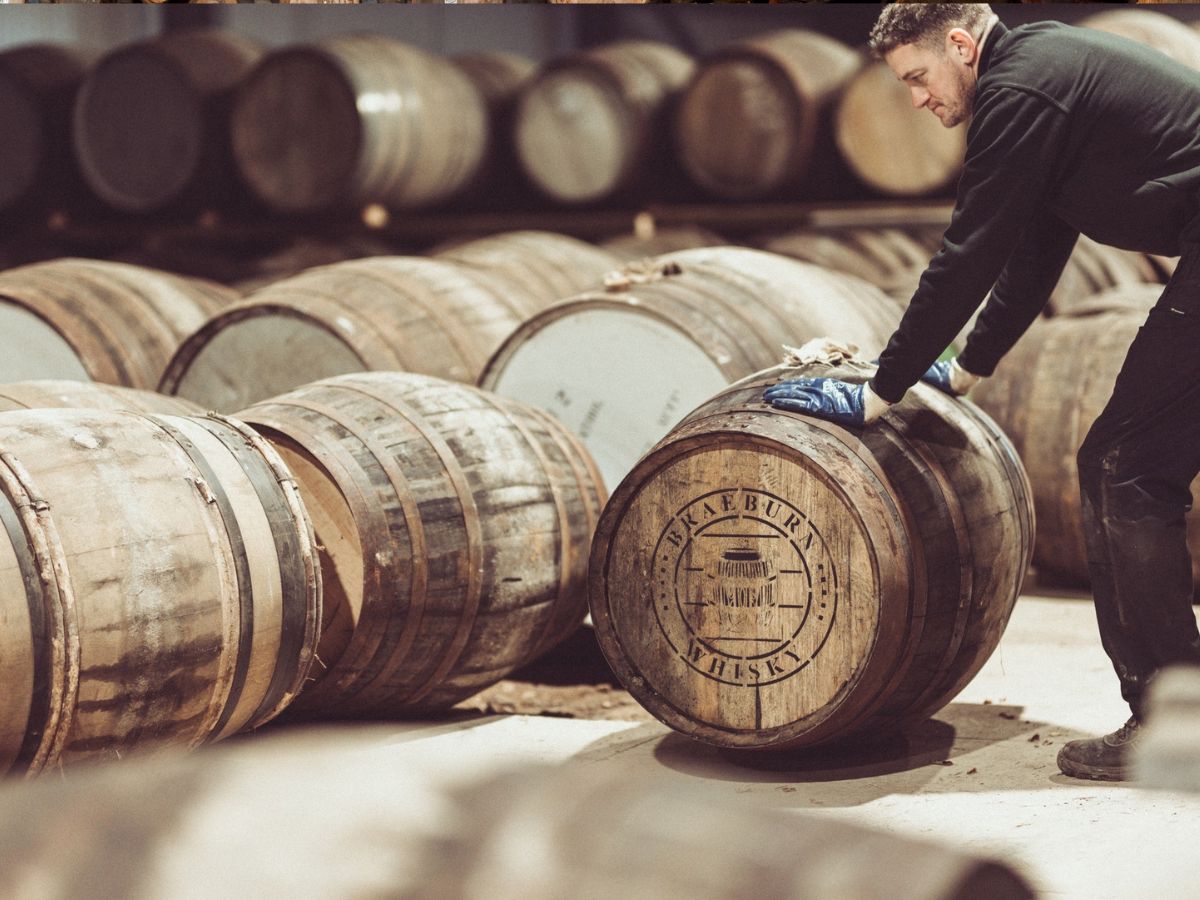

 Special C-Suite Member Pricing
Special C-Suite Member Pricing